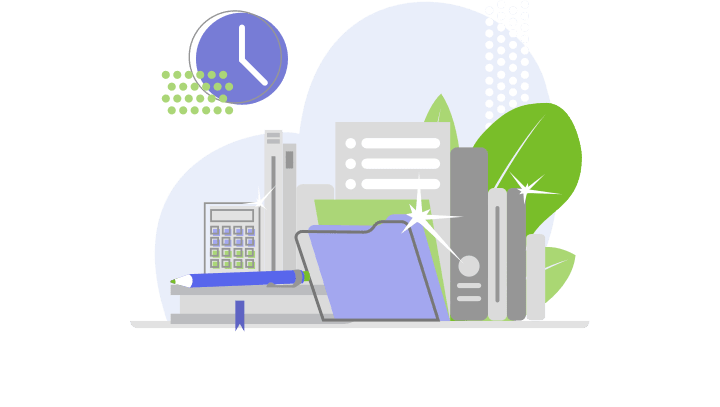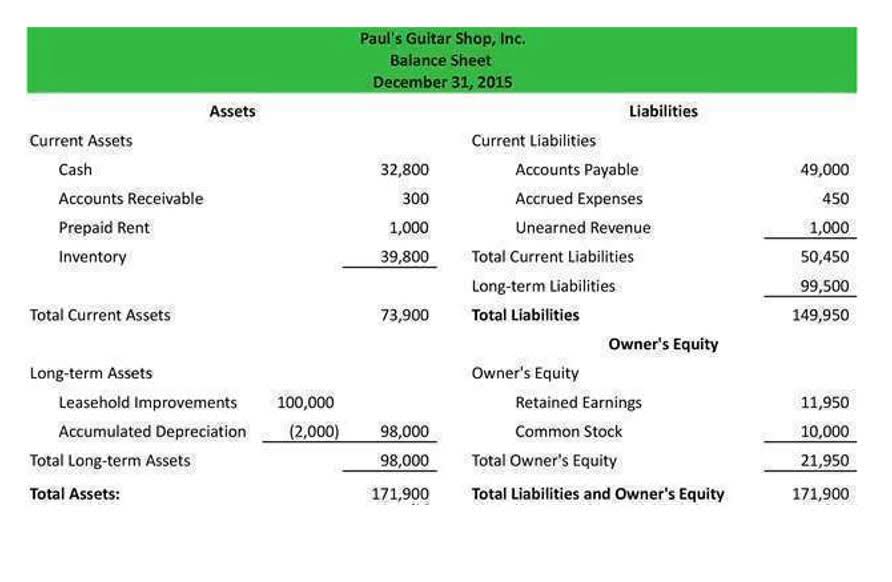What Does Income Tax Payable Mean in Financial Accounting?
Using the basic accounting equation, the balance sheet for Cheesy Chuck’s as of June 30 is shown in Figure 2.9. Let’s create the statement of owner’s equity for Cheesy Chuck’s for the month of June. Since Cheesy Chuck’s is a brand-new business, there is no beginning balance of Owner’s Equity. The first items to account for are the increases which accounts are found on an income statement in value/equity, which are investments by owners and net income. As you look at the accounting information you were provided, you recognize the amount invested by the owner, Chuck, was $12,500. Next, we account for the increase in value as a result of net income, which was determined in the income statement to be $5,800.

How do you process an invoice for accounts payable?
- Properly managing the accounts payables process ensures consistent and accurate financial information, while also supporting strong business relationships with vendors and suppliers.
- These balances become a part of the balance sheet and classify as assets.
- If you take the total assets of Cheesy Chuck’s of $18,700 and subtract the total liabilities of $1,850, you get owner’s equity of $16,850.
- The accounts payable workflow is the complete end-to-end process of obtaining services and goods and processing and paying the invoices related to those transactions.
- Since we’re analyzing the accounts payable process and collection policies from the perspective of the provider—i.e.
- Accounts receivable (AR) and accounts payable are essentially opposites.
Conceptually, accounts payable—often abbreviated as “payables” for short—is defined as the invoiced bills to a company that have still not been paid off. AP invoicing is the process of receiving and processing invoices from suppliers to pay for goods or services received. So, whenever a business purchases on credit, it would debit the expense account and credit the AP account. It means the gross income of the business will decrease with every credit transaction.
What is the relationship between cash flow and accounts payable?
Accounts payable compliance involves ensuring that all payment transactions (i.e. bills, invoices), made within the business maintain compliance with legal requirements and industry standards. It means every account payable transaction is also an accrued expense. An accrual expense is an expense that has been incurred due to a transaction for purchasing goods or services but has not been paid yet. Whether you’re an accounting student, a recent college grad, or a small business owner, you may have questions about what accounts payable is, how it works, and best practices. On the other hand, there are times when a company will sell goods or services “on account.” Again, it means that there is a transaction occurring where cash is not involved. The top section contains current assets, which are short-term assets typically used up in one year or less.
- By automating accounts payable forecasting, businesses can avoid disruptions to cash flow, better manage costs, and increase profitability.
- Another, less common usage of "AP," refers to the business department or division that is responsible for making payments owed by the company to suppliers and other creditors.
- For example, revenues must include inflows of economic benefits during the period.
- An everyday example of accounts receivable would be an electric company that bills its clients after the clients receive and consume the electricity.
- Hence, while accounts payable is recognized as a current liability, accounts receivable is recorded in the current assets section of the balance sheet.
Flexible payroll accounting solutions that are as unique as your firm

Think of the balance sheet as being similar to a team’s overall win/loss record—to a certain extent a team’s strength can be perceived by its win/loss record. Below is a video explanation of how the income statement works, the various items that make it up, and why it matters so much to investors and company management teams. After deducting all the above expenses, we finally arrive at the first subtotal on the income statement, Operating Income (also known as EBIT or Earnings Before Interest and Taxes). The change in accounts payable subtracts the ending balance in the current year from the prior year’s ending balance.
How Do the Income Statement and Balance Sheet Differ?
This is because we are recognizing that we paid less for the inventory that we received. This is to prevent overstatement or understatement of the inventory amount at the end of the fiscal year in our financial statements, especially the balance sheet. The income statement shows the financial health of a company and whether or not a company https://www.bookstime.com/ is profitable. It's crucial for management to grow revenue while keeping costs under control. For example, revenue might be growing, but if expenses rise faster than revenue, the company may eventually incur a loss. Investors and analysts keep a close eye on the operating section of the income statement to gauge management's performance.
- Given a company’s historical days payables outstanding (DPO), or “AP Days”, the working capital metric serves as a practical benchmark by which a company’s management of payables can be analyzed.
- Instead, it is a part of the balance sheet, usually reported under current assets.
- Starting from Year 0, the accounts payable balance doubles from $60 million to $120 million by the end of Year 5, as captured in the AP roll-forward schedule.
- Chuck is pleased with the ratio but does not know how this compares to another popcorn store, so he asked his new friend from Captain Caramel’s.
- In some cases, companies may also write these balances off due to recoverability issues with those balances.
- Companies must maintain the timeliness and accuracy of their accounts payable process.
This treatment usually involves bad debts and allowance for doubtful debts. While accounts payable ensures your business is up to date on payments and allows you to accurately project cash flow, accounts receivable is the money owed to your business by customers or clients. Until the balance is paid, the outstanding amount is recorded under accounts receivable. This fourth and final financial statement lists the cash inflows and cash outflows for the business for a period of time.
How Does Accounts Receivable Impact the Income Statement?
Striking variations on an income signal that a company’s finance team may need to make changes or adjustments, including switching suppliers, revising prices, or slashing the budget. Accounts payable are found on a firm's balance sheet, and since they represent funds owed to others they are booked as a current liability. Meanwhile, obligations to other companies, such as the company that cleans the restaurant's staff uniforms, fall into the accounts payable category. Both of these categories fall under the broader accounts payable category, and many companies combine both under the term accounts payable. When using the indirect method to prepare the cash flow statement, the net increase or decrease in AP from the prior period appears in the top section, the cash flow from operating activities.



